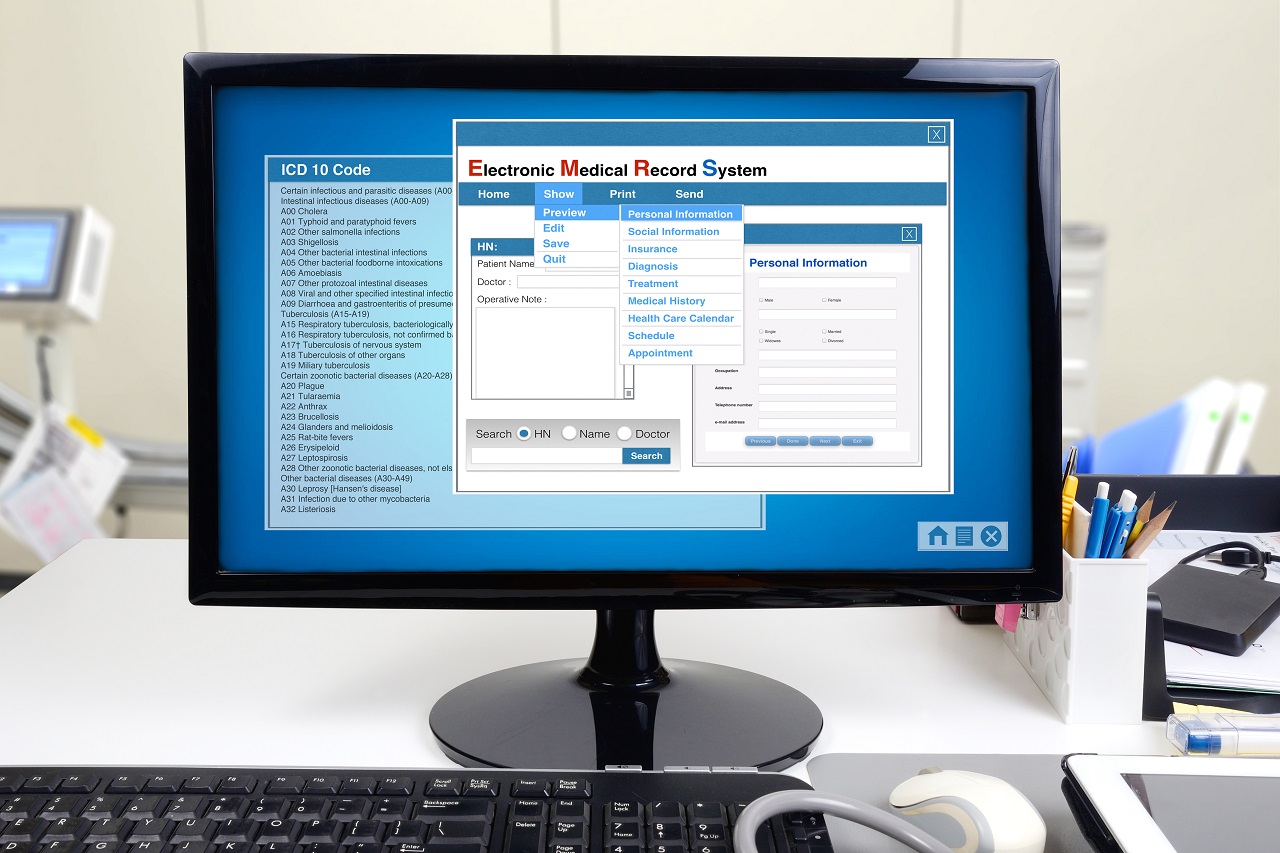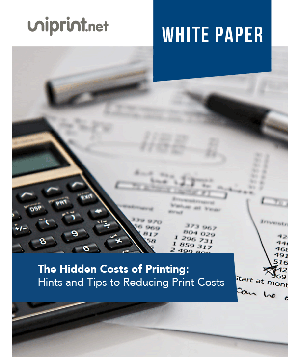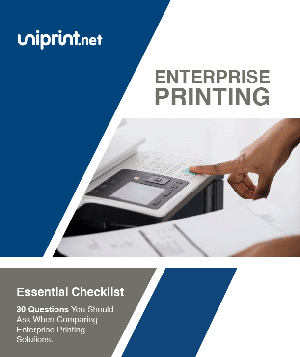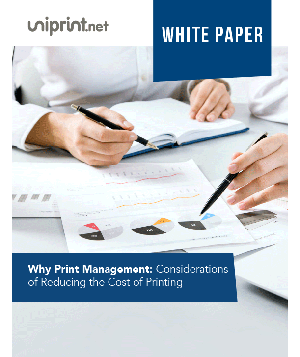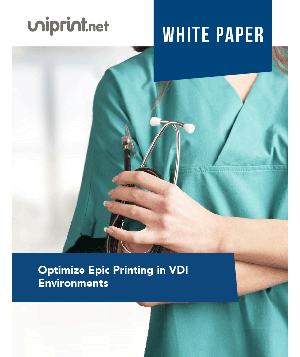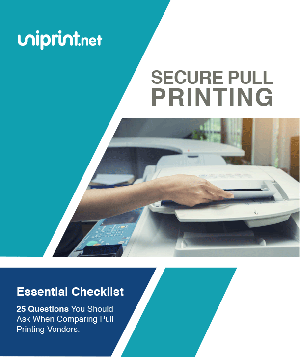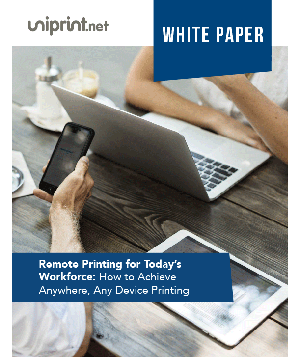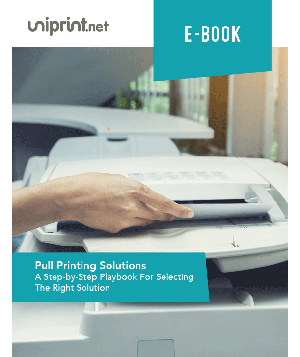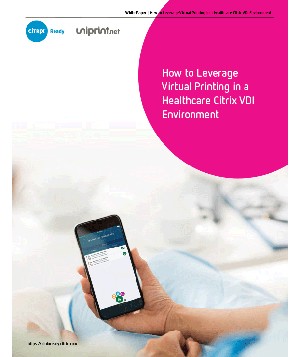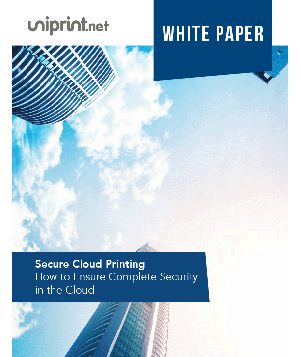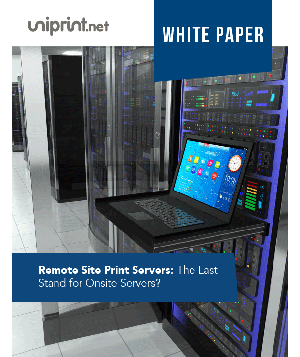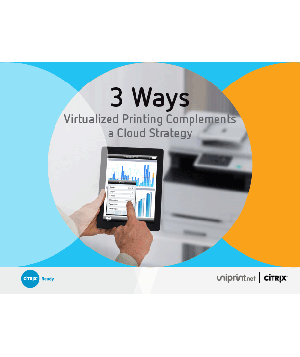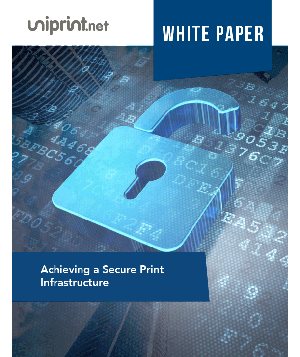How To Fix 10 Common Printer Problems
You might not think much about your printer until it suddenly stops working and in frustration, you ask yourself why is my printer not printing correctly. Then you realize just how important this device is to your daily routine!
Do Printers Have Memory? Should I Be Concerned
You may be surprised to learn that your printer can store documents in its memory. Storing documents in your printer’s memory can be a helpful way to ensure that you’re able to print them when you need them.
What is the difference between EMR and EHR?
The main difference between EMRs and EHRs is that EMRs (Electronic medical records) are digital versions of paper charts that clinicians and healthcare workers use at the office, whereas EHRs (Electronic health records) are digital versions of patient charts, but it is a more detailed record of a patient’s medical history.
With a lot of news coverage and changes in technology, the terms EMR and EHR are often mixed up, leading to some confusion.
There are quite a few differences between EMR and EHR. Below we outline the major differences and some challenges healthcare workers may be facing in EMR and EHR printing.
Healthcare Expert Roundup: 10 Best Practices for Rolling Out Epic EMR
Since Epic introduced their revolutionary electronic medical record (EMR), they have rapidly taken over hospitals and healthcare providers across the globe!
Epic’s EMR system is now implemented and used in nearly 300 healthcare organizations across the USA.
Healthcare Print Management Can Save More Than Just Time
Imagine your typical hospital. It’s pretty big, right? Now imagine how many computers and printers there are in that hospital. In one word: Many.
Healthcare facilities have hundreds of computing devices on one network in dozens of different locations; each may or may not have its own printer(s), which can make healthcare print management a complicated IT issue.




